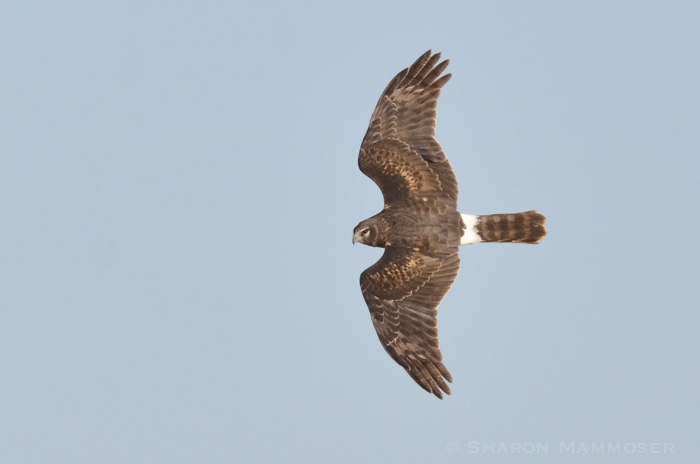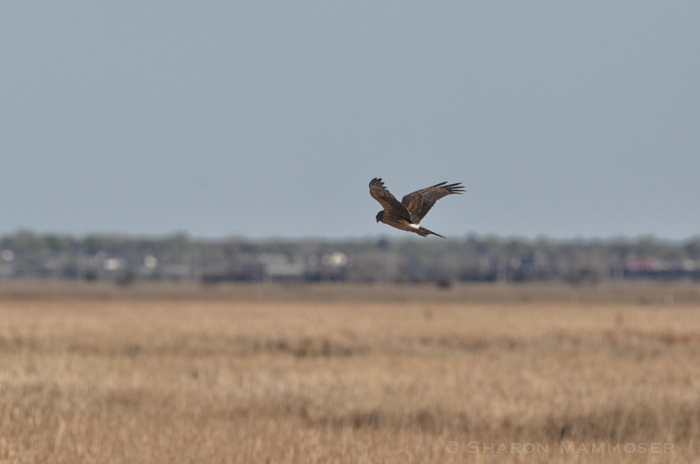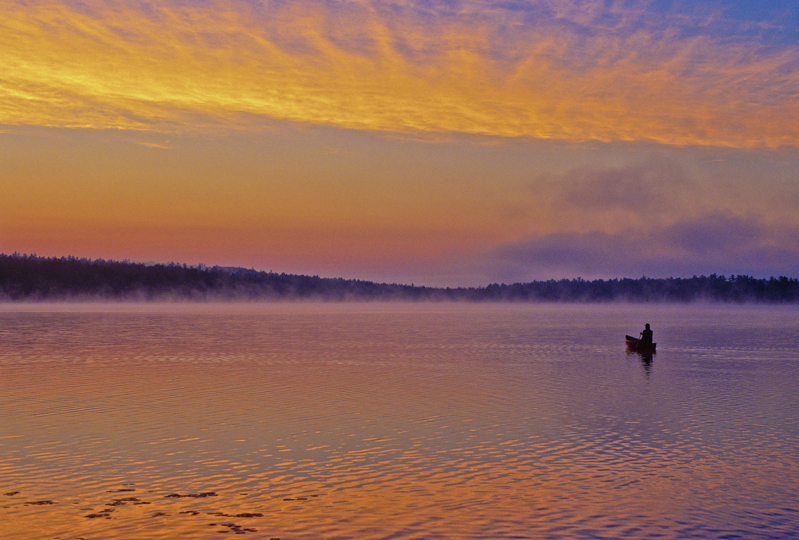Did you recognize the bird in last week’s puzzler?

The flying bird in last week’s puzzler was a Northern Harrier, also called a Marsh Hawk. It is about the size of a crow–17.5-24 inches long with a wingspan of about 4 feet. They have a very distinctive habit of flying low, 7 feet or less, over fields or marshes, searching for prey, which consists of insects like crickets and grasshoppers, also, small lizards, frogs, snakes and small birds and mammals, especially voles. According to the book, Birds of Lake, Pond and Marsh by John Eastman, “In optimal habitat, the harrier’s diet consists of about 95% voles. Vole populations rise and plummet in about 4 year cycles, greatly influencing local harrier breeding abundance in any given year.” Northern Harriers will also eat carrion.
Northern Harriers are one of the few North American hawks that show sexual dimorphism–that is, the sexes look different. Males are pale gray and females are streaked brown. They have a very obvious white rump patch and a striped tail. In flight they can resemble vultures, often tilting back and forth and flying in a slight v-shape, or dihedral.
Northern Harriers have a spectacular aerial courtship display, called sky dancing. I have never seen this myself but I have read about it and watched videos. During this courtship display the male preforms loops and barrel rolls in mid air, while the females watch from below, or even sometimes joins in. Often food is passed in mid air from one bird to the other.
Here’s a video of a sky dance from a very similar bird, one that lives in Europe and is called a Hen Harrier. This bird is related to our North American Northern Harrier hawk. Check it out:
Northern Harriers nest on the ground, in fields, marshes, open prairies or tundra. Their nests are hard to find, concealed in the tall grasses and vegetation, but even so, fall prey to foxes, dogs, coyotes, raccoons, skunks, crows, ravens, great horned owls, and red-tailed hawks. They typically have 4 or 5 bluish white eggs that are incubated by the female for 31 days. It is the female who will feed the young, growing birds, tearing off pieces of prey brought to her by the male. Interestingly, if she dies, the male will continue to bring food but will simply pile it at the edge of the nest rather than tearing it into smaller pieces for the babies.

Though Northern Harriers can live for 16 years, mortality is high, especially in the first year. According to John Eastman in the book Birds of Lake, Pond and Marsh, “Studies have determined that some 60% of harriers die in their first year, probably mainly from accident, predation, or starvation. Annual adult mortality is about 30%. Harriers sometimes live to age sixteen or more, but mean age at death is about 16 months.”
Have you have the privilege of watching a Northern Harrier hunt in a field near you? Ever gotten to see the sky dance?
Ready for the next puzzler? We’re switching tracks–from birds of prey to pesky plants popping up in the garden. Let’s check out some unwanted invasive plants, beginning with Weekly Puzzler #208.


The sky dance was wonderful! Had never seen that before. Thanks for the enterainment😎
I know, right? Wouldn’t it be great to see it live? I hope we both get that chance someday.Thanks for reading! Hope you are enjoying your weekend.